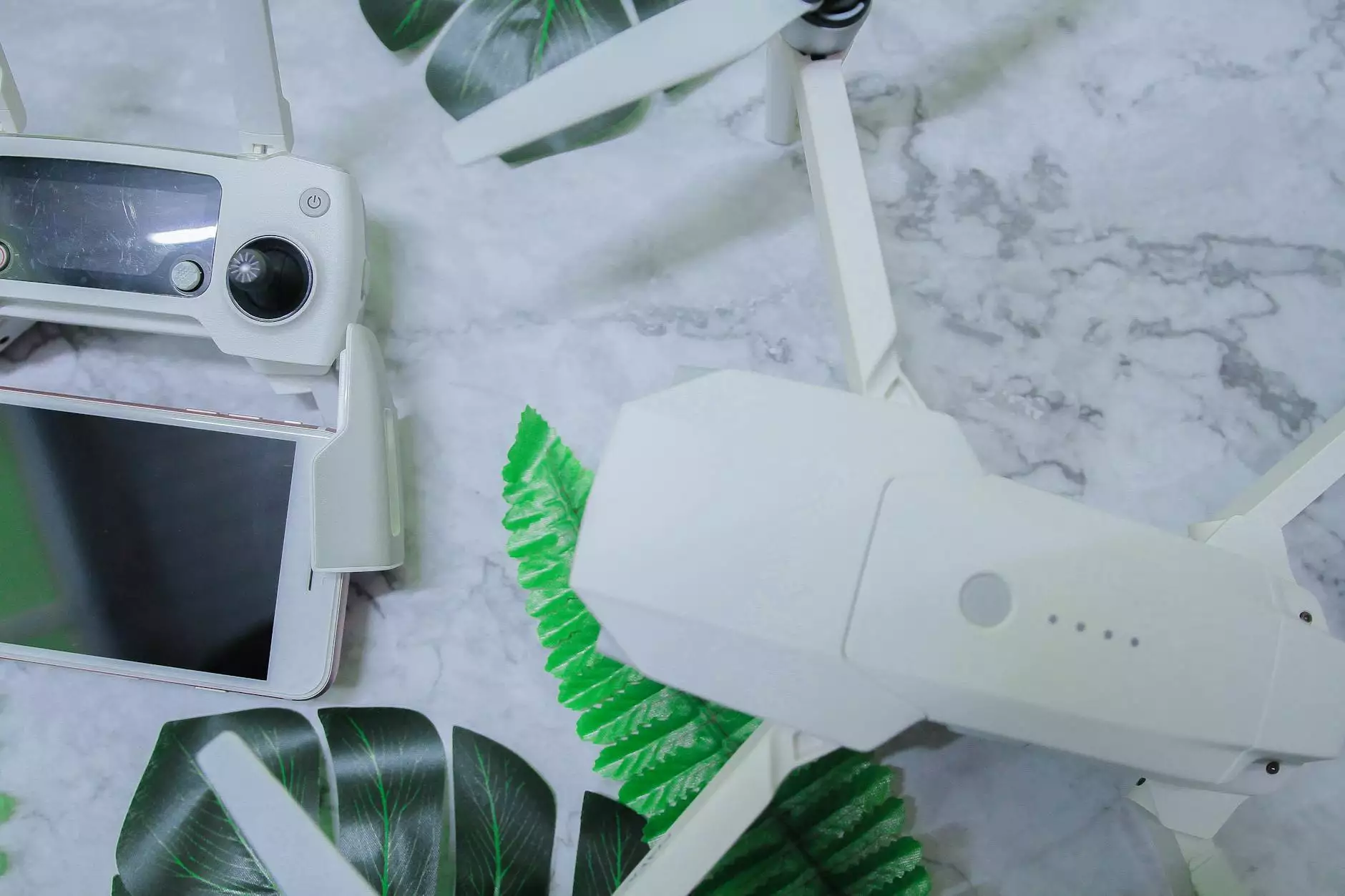The Rise and Fall of the Phablet
Marketing
Phablet, a term combining "phone" and "tablet," was once a revolutionary gadget that blurred the line between smartphones and tablets. As consumers' demands for larger screens and increased functionality grew, the phablet emerged as a popular choice. Let's delve into the history and evolution of this remarkable device.
Evolution of the Phablet
In the early 2010s, smartphones were getting larger to accommodate touchscreen displays. Consumers loved the idea of bigger screens for multimedia consumption, gaming, and productivity. The phablet capitalized on this trend by offering a device that provided the portability of a smartphone and the productivity benefits of a tablet.
The Rise of the Phablet
Companies like Samsung, with its Galaxy Note series, and Apple, with the iPhone 6 Plus, introduced phablets that gained immense popularity. The larger screens, enhanced stylus functionality, and multitasking capabilities appealed to a wide range of users, from tech enthusiasts to business professionals.
Main Features and Benefits
- Larger Displays: Phablets typically had screen sizes ranging from 5.5 to 7 inches, providing users with more screen real estate for improved visibility and usability.
- Enhanced Productivity: Multitasking features, split-screen functionality, and stylus support made phablets ideal for professionals who needed to work on the go.
- Media Consumption: Watching videos, playing games, and reading e-books were more enjoyable on phablets due to their larger displays.
Challenges and Decline
Despite their initial success, phablets faced challenges that led to their decline in popularity. One significant factor was the increasing size of regular smartphones, with many flagship devices adopting larger screens.
Competition from Smartphones
As smartphones evolved to include larger displays and better performance, the need for a separate phablet device diminished. High-end smartphones started offering features comparable to phablets, making the latter somewhat redundant for many consumers.
Portability Concerns
While phablets offered bigger screens, they were often criticized for being less portable compared to standard-sized smartphones. Many users found it challenging to use phablets with one hand, especially for tasks requiring precise input.
Shift Towards Foldable Devices
Another factor contributing to the decline of phablets was the emergence of foldable smartphones and tablets. These innovative devices provided larger display options while maintaining portability, offering a more versatile solution for consumers.
Conclusion
In conclusion, the rise and fall of the phablet represent a fascinating journey in the ever-evolving landscape of consumer technology. While phablets revolutionized the concept of mobile devices with their large screens and advanced features, they eventually succumbed to the evolving demands of the market. As technology continues to evolve, it will be interesting to see what the future holds for devices that straddle the line between smartphones and tablets.
Stay tuned to Fill Your Tables for more insights on emerging trends in the world of technology and beyond.









